In this comprehensive guide, discover the essential dos and don’ts of how to brush a cat to keep their coat healthy and their grooming experience stress-free.
Why Should You Brush Your Cat?
Some cats have very high-maintenance coats. Cats with long hair, like Persians, Himalayans, and Maine Coons require regular brushing to keep their coats from becoming matted or tangled. Matted hair is very painful for the cat, and you should aim to avoid it at all costs. Here are the reasons why you should brush your cat.
1. Prevent Tangles

This cat has painfully matted fur. This is a good reason to learn how to brush a cat.
©Akintevs/Shutterstock.com
Matted fur is painful for cats and dogs. We know that you love your companion and want them to be comfortable. If cats you do not brush your cat regularly, their undercoat will accumulate too much fur, and mats may form. This is especially true for long-haired cats, but short-haired cats can also get matted due to the fact that their undercoat is often thicker than long-haired cats. The undercoat of a cat cannot relax and expand in humid or moist conditions, so cat owners need to help the fur release by brushing.
Sores or skin infections can cause the fur to become matted in the affected area, which can worsen the underlying infection by blocking airflow. Excess oils in cats with hyperthyroid disease, intact male cats, and cats with seborrhea can also lead to tangling. Older cats and those who are overweight may find it difficult to groom themselves properly due to decreased mobility, leading to oily patches of fur that tangle and knot.
2. A Great Bonding Time
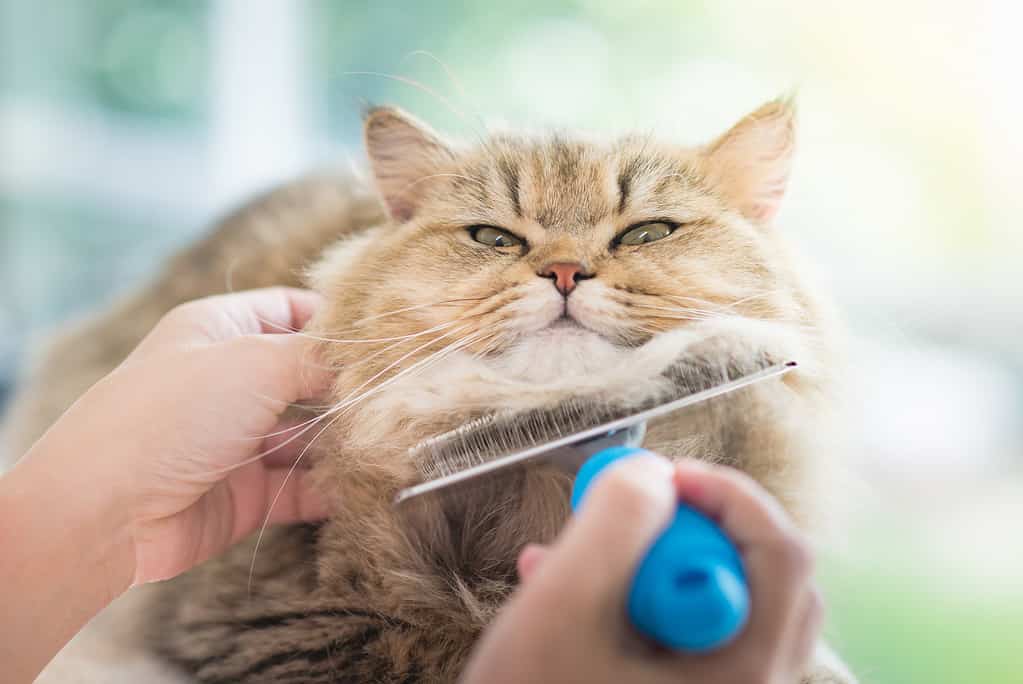
Many cats look forward to a good brushing. It is a great time to form a close connection with your pet.
©anurakpong/iStock via Getty Images
Brushing your cat is a great opportunity to form a connection and bond with your cat. It is also beneficial to both of you because it helps keep your cat’s coat in optimal condition. The process of brushing can be soothing, calming, and enjoyable for your pet. In addition, the physical contact involved with brushing will help create a trusting relationship between the two of you. It may even encourage cats that are shy or aloof to become more comfortable around people.
3. Less Cat Hair Around the House
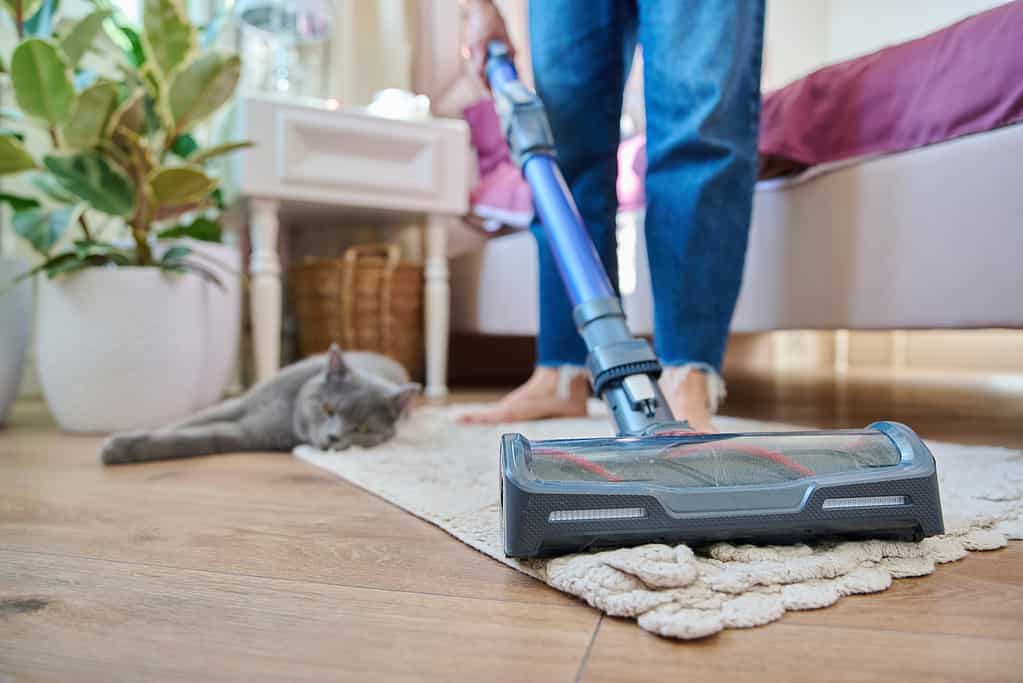
During the spring and summer, many cats shed a lot of hair. They may need to be brushed more often during these months.
©Valeriy_G/iStock via Getty Images
Regular brushing can help reduce the amount of hair your cat sheds around the house. In addition, brushing helps to loosen and remove dead and matted hair, which can lead to less shedding overall. Instead of shedding gradually for weeks and getting hair on every surface of your house, brushing pulls all of the loose hair from the undercoat all at once.
4. Brushing Distributes Oils Evenly
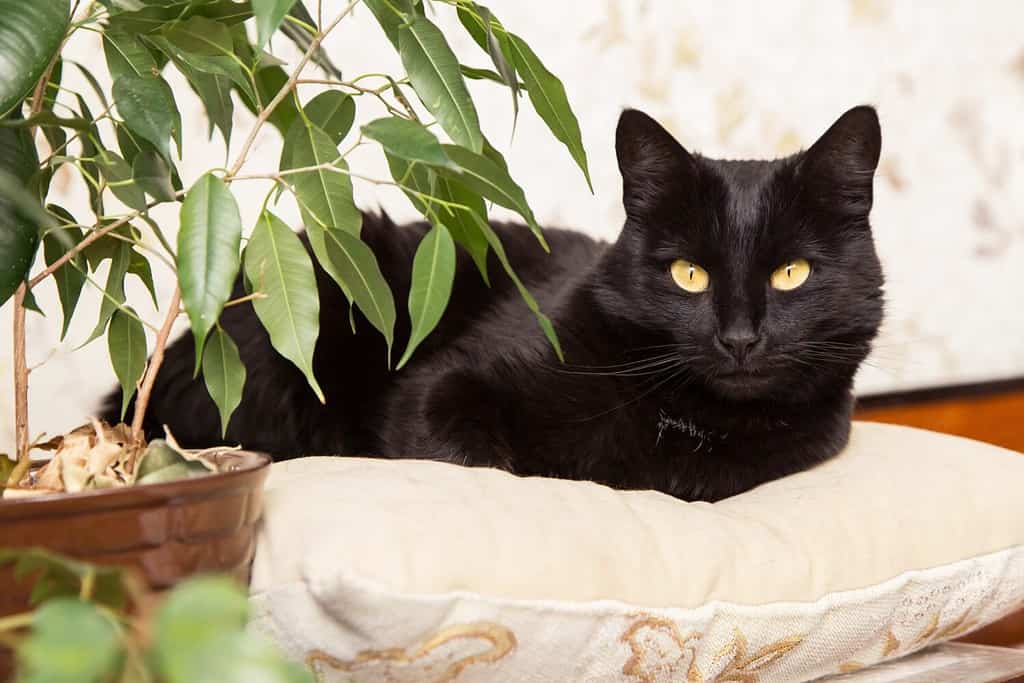
When you brush cats, you help spread their skin oils evenly throughout their coat.
©Viktor Sergeevich/Shutterstock.com
Brushing helps to remove loose fur, as well as any dirt or debris that may be tangled in your cat’s coat. This will also stimulate the production of natural oils and help evenly distribute them throughout your cat’s fur, giving it a healthy sheen.
5. Fewer Hairballs on Your Carpet
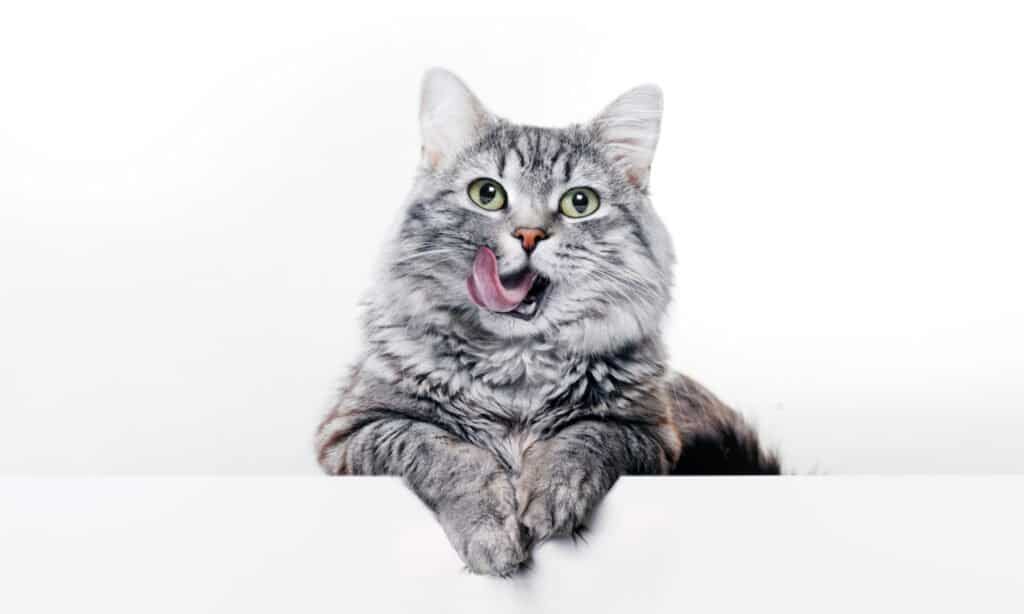
There are hairball prevention medications that you can give to your cat 3 times per week.
©KDdesignphoto/Shutterstock.com
A common problem that cats have is hairballs. Hairballs are caused when a cat licks itself and swallows loose fur, which can cause digestive problems if it accumulates in the stomach. Brushing your cat regularly will help remove the excess fur that may lead to hairball formation, thus reducing the amount of time spent cleaning up after them on your carpet or furniture!
6. A Good Time to Spot a Pest
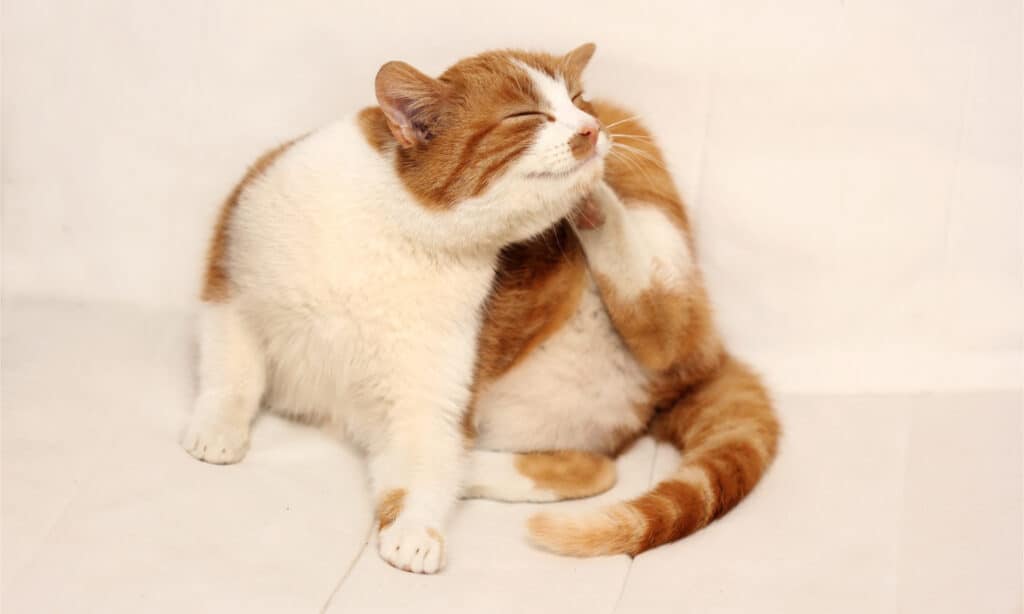
When you brush your cat, take the time to carefully inspect for signs of fleas, ticks, and allergies.
©Natata/Shutterstock.com
Brushing is also a great way to keep an eye out for any pests or parasites that may be living in your cat’s coat. Fleas, ticks, and other bugs can sometimes hide in your cat’s fur, so it’s important to inspect them regularly during brushing sessions. You should look for anything unusual on the cat’s skin or fur, such as bumps, redness, scabs, or small black spots—all of which could indicate flea infestation. It’s a great time to look out for skin issues like dandruff or allergy rashes, too.
7. Elderly Cats Need Help
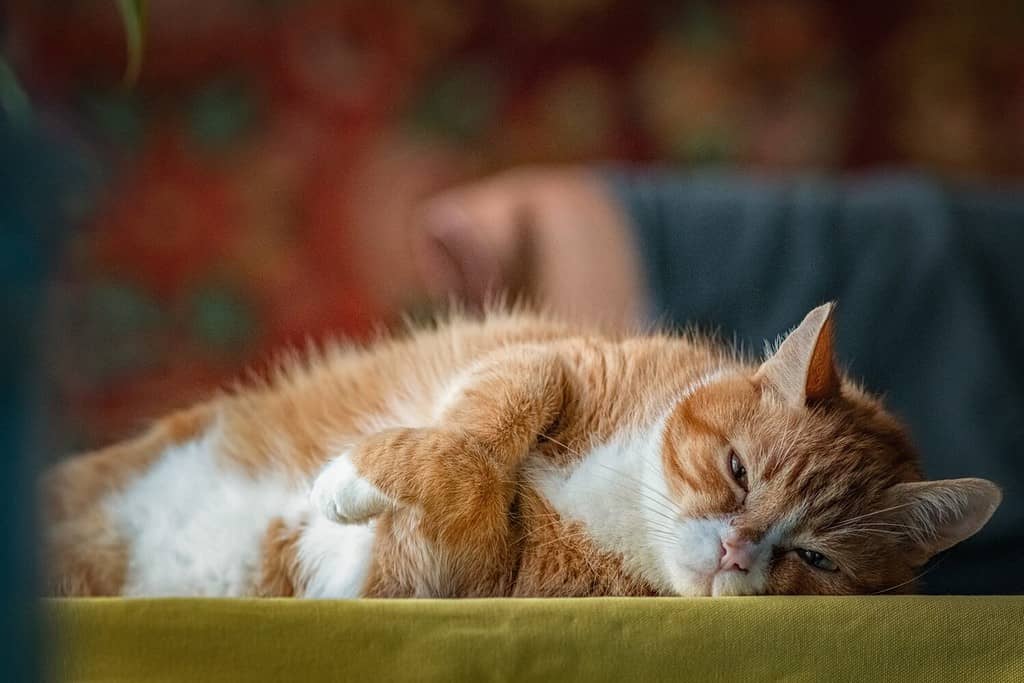
Sometimes, elderly cats need assistance with basic grooming due to mobility issues or arthritis.
©shymar27/Shutterstock.com
Cats in their senior years may need a little extra help with grooming. As cats get older, they often become less active and can develop arthritis or other joint problems that make it difficult to groom themselves properly. This is why it’s important to brush your elderly cat regularly. Not only does it help remove loose fur, but it also stimulates the skin and helps maintain healthy oils for a shiny coat.
How To Tell if a Cat’s Fur is Matted

If you can’t get a metal comb all the way down to the skin, the cat’s fur is matted.
©VeronArt16/Shutterstock.com
If you cannot part the cat’s hair and see bare skin, the fur is already matted. When you are petting the cat, you should not feel any knots or lumps. If you cannot run a brush easily through the hair all the way down to the skin, the cat has matted fur. Be sure when brushing that you are getting down to skin level. Many people make the mistake of only using a slicker brush on the outermost layer of hair, missing all the mats and tangles further down.
It is important to check a cat’s fur for matted clumps, as these can be painful and cause skin irritation. Over time, mats can become tighter, which can reduce airflow to the skin and trap dirt, parasites, and bacteria, leading to a skin infection. Additionally, mats damage the skin underneath, causing hematomas, which hurt the animal.
How to Brush a Cat—Supplies Needed
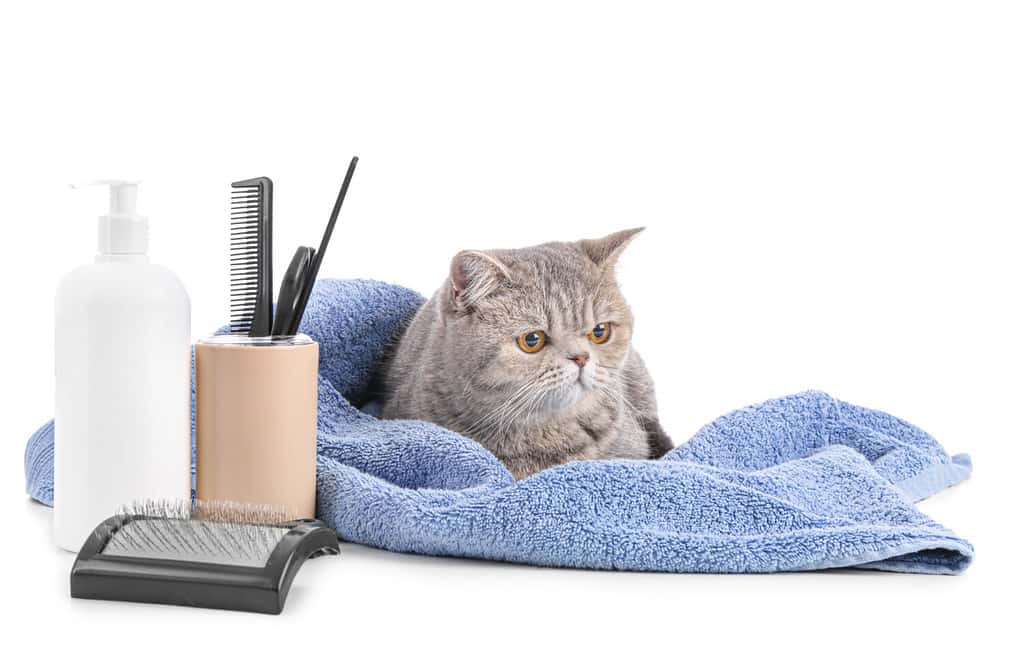
Make sure to select the proper tools for your cat’s coat type.
©Pixel-Shot/Shutterstock.com
Before you start brushing, make sure you have all of the necessary supplies. You will need a brush or comb that is designed specifically for cats and their delicate skin. There are a variety of different types available, so choose one that fits your cat’s coat type (long-haired vs short-haired). Additionally, it’s also important to have a flea comb on hand in case there are any pests present in your cat’s fur. Lastly, if your cat has sensitive skin, you can use a rubber brush or brush glove instead.
- A dual-sided brush with bristles on one side and pins on the other works for the majority of cats.
- A flea comb or molting comb works well for long-haired cats.
- A soft rubber mitt or glove works well for cats with sensitive skin.
- A slicker brush to smooth out the top coat.
- A de-matting rake to cut tangles. (do not use scissors!)
How to Brush a Cat—The Dos and Don’ts
Many cats really like it when you brush them. You can get a cat used to grooming by starting when they are kittens. If you adopt an older cat, you can motivate them with treats and make brushing a positive experience every time.
1. Read Body Language

Only brush a cat when they are in a relaxed and snuggly mood.
©Liam Bell/iStock via Getty Images
You will know your cat is in the right mood for you to brush them by watching their body language.
When your cat is relaxed and calm, their eyes will be half-closed, and they may purr. Touch them gently with the brush or comb to get them used to it. You can also give treats as rewards during this process so that your cat associates grooming with positive experiences.
It’s important to pay attention to how your cat is feeling throughout the entire brushing session. If, at any point, they start pawing at the brush, become agitated, stop purring, or try to escape, then it’s best to stop and take a break.
2. How to Brush a Cat—Start Slowly
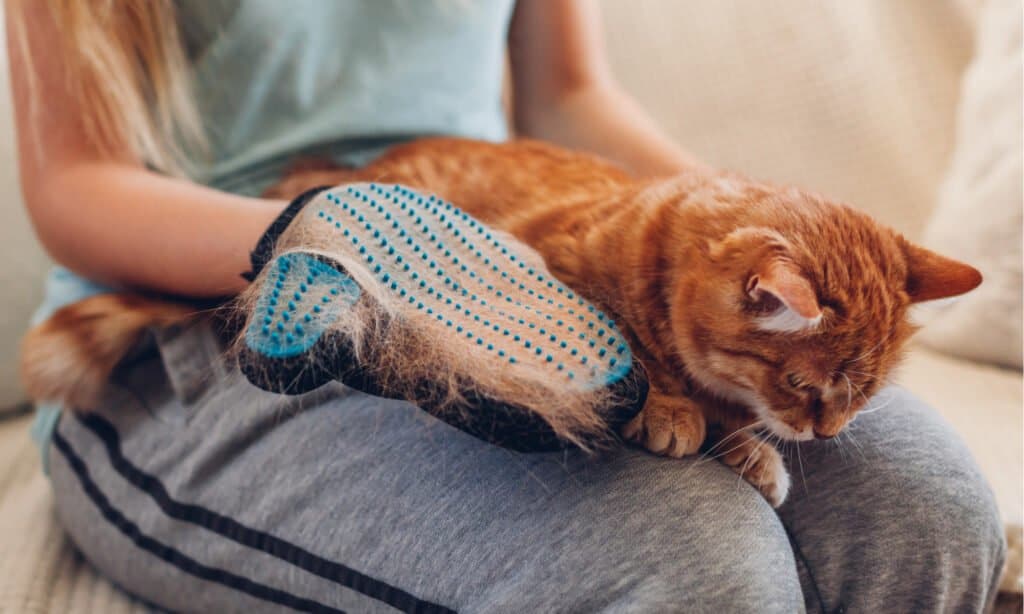
When learning how to brush a cat, start at the areas of their body where they love to be petted.
©Mariia Boiko/Shutterstock.com
Rather than vigorously brushing the cat, start out with slow strokes. Aim to brush the areas that the cat enjoys a good scratch. If they love it when you pet them behind their ears, try brushing that area first.
3. Progressively Increase the Area
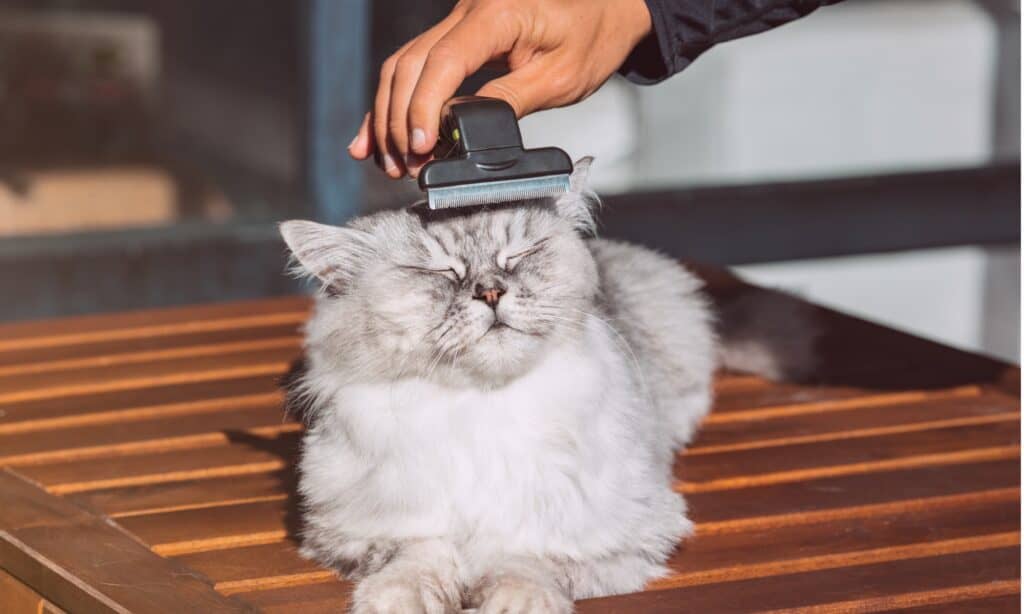
As you get more comfortable with how to brush a cat, you will learn how to remove mats on your own.
©iStock.com/Daria Kulkova
As your cat begins to become accustomed to brushing, you can carefully move to areas that are more sensitive, such as the belly. If the cat responds with biting or scratching, don’t persist and simply go back to brushing the areas that make them feel more secure. With trust and patience, they will eventually allow you to groom the areas they usually avoid.
4. How to Brush a Cat—If You Hit a Snag

Special de-matting combs have razor-sharp edges and cut the tangle out. They take a bit of practice to learn how to use, but it is worth the effort.
©mediagfx/iStock via Getty Images
Mats are made up of knots and tangles in your cat’s fur and can range from minor to severe. To prevent mats from occurring, brushing your cat regularly is essential. If you already have a mat, it’s important to use the right type of comb or tool to safely remove it. Be aware that some de-matting combs come with razors, so make sure you know how to use them properly. If you’re not sure, it’s best to have a professional groomer take care of it.
5. Give a Prize
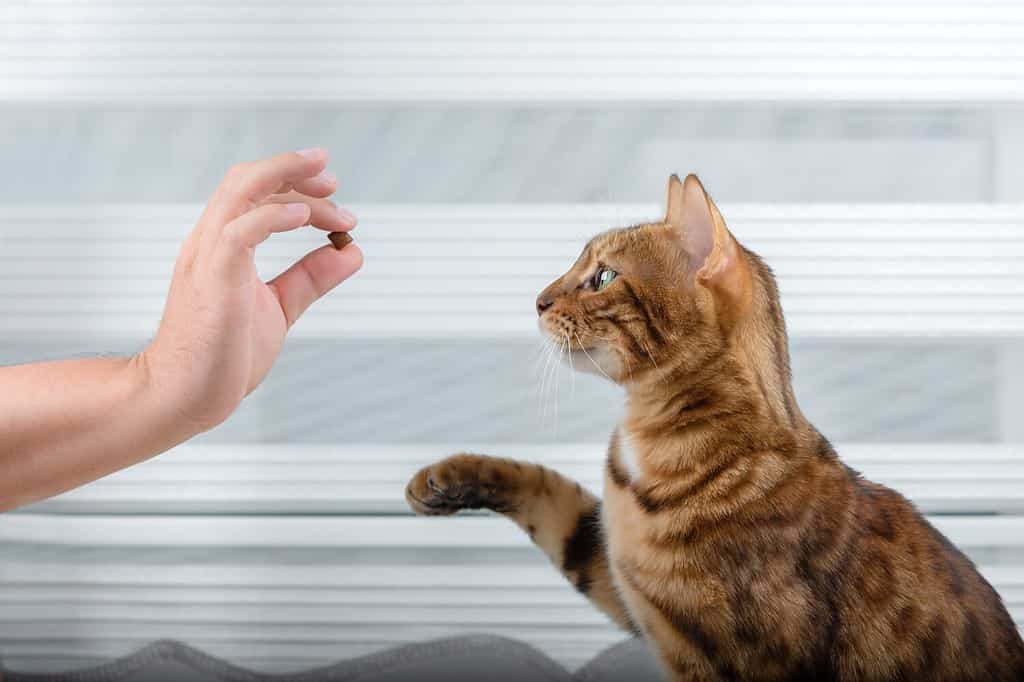
If you have a food-motivated cat, be sure to come to the grooming table with snacks.
©Svetlana Rey/Shutterstock.com
Some cats are very food-motivated, so provide them with a treat at the end of the grooming time. Other cats are play-motivated and would love a rousing game of chase-the-feather after a brushing session. Be sure to provide a high-value reward after each brushing so they look forward to this time.
How Often Should You Brush a Cat?

Brush long-haired cats daily and short-haired cats weekly.
©Cerrotalavan/Shutterstock.com
It’s recommended to brush your cat at least once or twice a week if they have short hair. If you have a long-haired breed, more frequent brushing will be necessary. Daily brushing is ideal for cats with longer fur, as they are prone to mats and tangles.
To keep your cat comfortable and prevent them from becoming too overwhelmed during the grooming process, it’s best to break up sessions into shorter daily intervals. Start off slowly and gradually increase the amount of time spent on each session until you reach around 15-20 minutes. Spending too much time brushing in one session can be stressful for your cat, so it’s important to keep the sessions short and enjoyable.
When to Give Up and Go to the Groomer
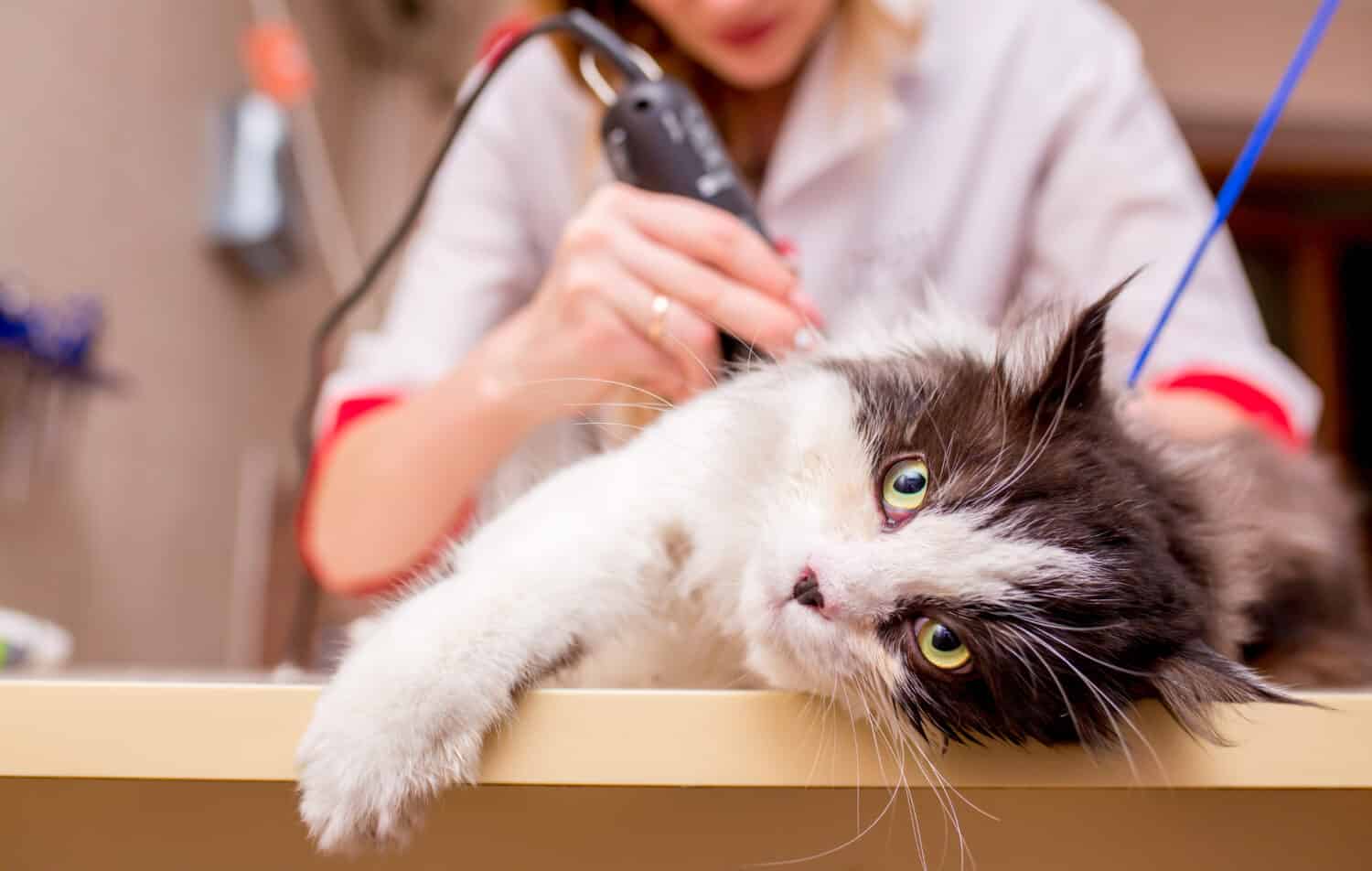
Rather than pulling on mats and causing pain, take your cat to a professional groomer who can help.
©Vera Larina/Shutterstock.com
In cases where the cat is severely matted, it is usually best to take them to a professional groomer. If the matting is causing the cat pain, the groomer may need to administer light sedation. In extreme cases, it may be necessary to completely shave the cat’s fur in order to remove all mats. To help prevent further matting, it is important to keep up with regular brushing and combing as the fur grows back.
The photo featured at the top of this post is © Creative Cat Studio/Shutterstock.com
Thank you for reading! Have some feedback for us? Contact the AZ Animals editorial team.







